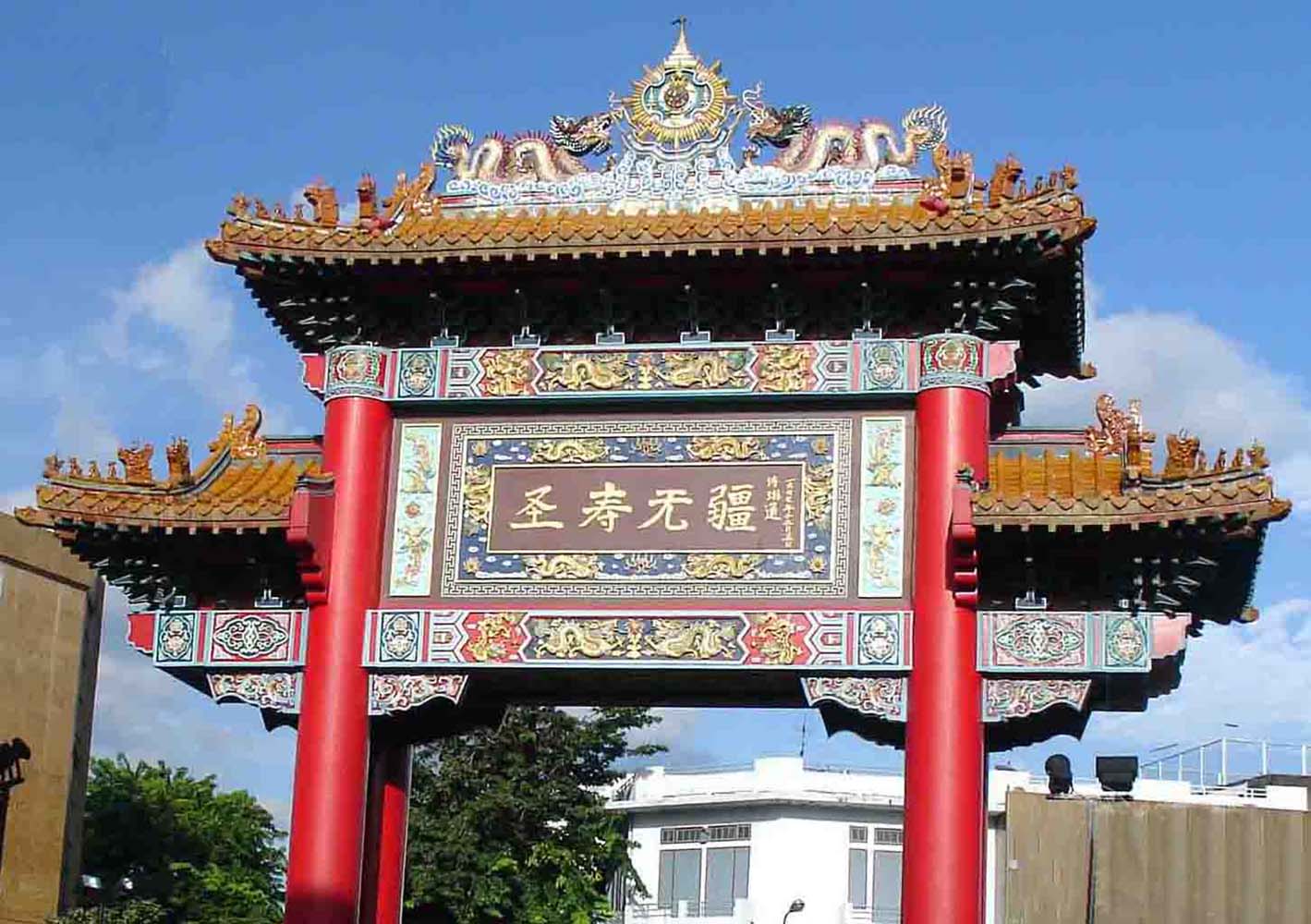First published in Tulay Fortnightly, Chinese-Filipino Digest 22, no. 8 (September 22-October 05, 2009): 5-6.
Winding through Bangkok’s Samphanthawong district is the city’s Chinatown. The area pulsates with energy late into the night, teeming with people who come here to shop and dine. It is one of the oldest parts of the city, though it is not Thailand’s first Chinatown.
During the 16th century, a Chinatown pre-existed in the previous Thai capital of Ayudhya. Many Chinese immigrants came to Thailand to work as traders, as the Thai monarchy (the first two kings were themselves half-Chinese) actually preferred them to take over this vital commercial task rather than allow a Thai to become rich and challenge the monarchy’s power.
Relationships between the Chinese and Thai ran so smoothly that a Chinese account found in Encyclopedia of the Overseas Chinese noted: “In this country, people have no surnames. The Chinese at first retained their own surnames, but gave them up after a few generations.”
The prominence of the Chinese in Thai history was sealed in 1768. King Taksin helped restore peace and order in the shattered kingdom after the Burmese invasion of Ayudhya.
The king was actually the son of a Teochow immigrant who controlled the gambling monopoly in Ayudhya.
During his reign, Taksin encouraged more Teochows to migrate to Thailand as traders and agricultural experts.
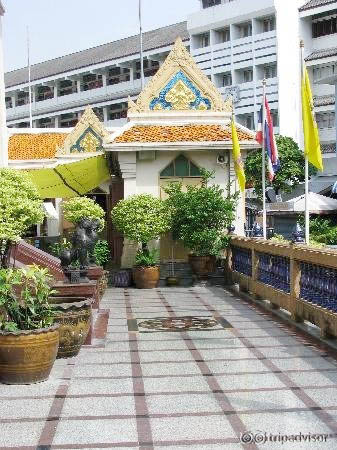
Many of them settled along the east bank of the Chao Phraya River. Today, Teochow is the dialect used in the Chinese business community in Bangkok.
In 1782, Taksin’s heir, Rama I, decided to move his capital to the banks of the Chao Phraya, now known as Bangkok.
The site chosen for the new royal palace was already populated by a group of influential Chinese traders who had to be relocated to the south of the city. This later grew to be Bangkok’s Chinatown.
Nowhere else in Bangkok’s Chinatown is the close relationship between Chinese and Thai more celebrated than over at Chalermphrakiat Arch (King’s Birthday Celebration arch). It was inaugurated 10 years ago on the 72nd birthday of the current Thai monarch, King Bhumipol.
While most Chinatowns around the world would build the welcoming arch or gate on the entrance to the street, Bangkok’s Chinatown is built in the middle of a rotunda. (The rotunda is called the Odeon Circle, and got its name after an old nearby cinema.)
Despite its being a more recent addition, the arch has become the new focal point of Bangkok’s Chinatown and is the center of the area’s Lunar New Year celebrations. Perhaps one reason for the close relationship between the Thai and Chinese is that both peoples practice Buddhism.
It is no surprise that Bangkok’s Chinatown is home to a number of temples. One of the more famous ones is the Wat Trai Mit or the Temple of the Golden Buddha, a short walk away from the arch along Charoen Krung Road.
Built during the 13th century in traditional Thai style, it is magnificent with its gleaming golden spires. But the main attraction of this temple is its impressive 3-meter tall, 5.5 tons solid gold Buddha image. Known simply as the Golden Buddha, it is the heaviest Buddha statue in the world.

Remarkably, people remained ignorant for centuries that a valuable image was inside the plaster cast until 50 years ago, 1955. The statue was being moved to its present temple site when it was accidentally dropped; and cracks on the plaster then revealed that the Buddha was actually made of gold!
It is assumed that the plaster covering disguise was to prevent its being looted by the Burmese armies threatening the Thai kingdom in the 18th century. The street where the temple is located, Charoen Krung (literally “New Road”), is also interesting by itself.
It was inaugurated in 1861 during the reign of King Mongkut, after foreigners living in Bangkok petitioned for a wider road to be built so that they can go somewhere for physical fitness and for pleasure.
Today this road forms one of the three streets that make up the center of Bangkok’s Chinatown.
Another popular place of worship along Charoen Krung is the Wat Leng Noei Yi or the Temple of the Dragon Lotus. It is the largest Mahayana Buddhist Temple in Bangkok and is distinguished by its traditional Chinese architecture.
The temple is best known for housing 58 gods such as Tai Sui Ye (God of Fate), Cai Shen Ye (God of Fortune) and Guan Yin (the Goddess of Mercy). It is often crowded during the Chinese New Year by worshippers and good luck seekers.
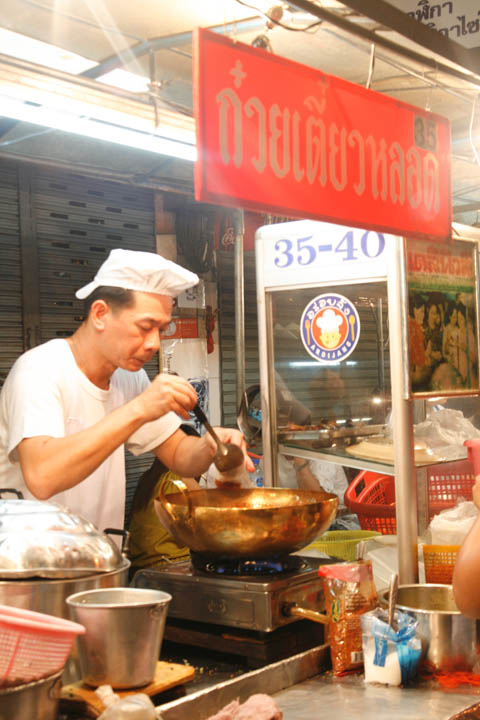
But the heart of Bangkok’s Chinatown is the next street alongside of Charoen Krung, Yaowarat. This is the most well known of all the streets that make up Bangkok’s Chinatown.
As Ongpin St. is sometimes synonymous to Manila’s Chinatown, Yaowarat has become synonymous to Bangkok’s Chinatown.
Yaowarat was built between 1892 and 1900 and the name translates to “Young King.” It was King Rama V who named the street after himself, in reference to his ascendance to the throne at age 15.
Until the 1940s, this was the main commercial center for Bangkok. It was here that the city’s first department store, Tai Fah, was established.
While wholesalers here still offer all sorts of goods, Yaowarat is known more for its jewelry stores. More than a hundred gold shops are located here and they are said to bring more than 3 billion baht in sales annually.
Gold jewelry is popular among Thais: they regard them as savings against a rainy day. Gold shops are said to buy back gold at the daily rate for a small charge.
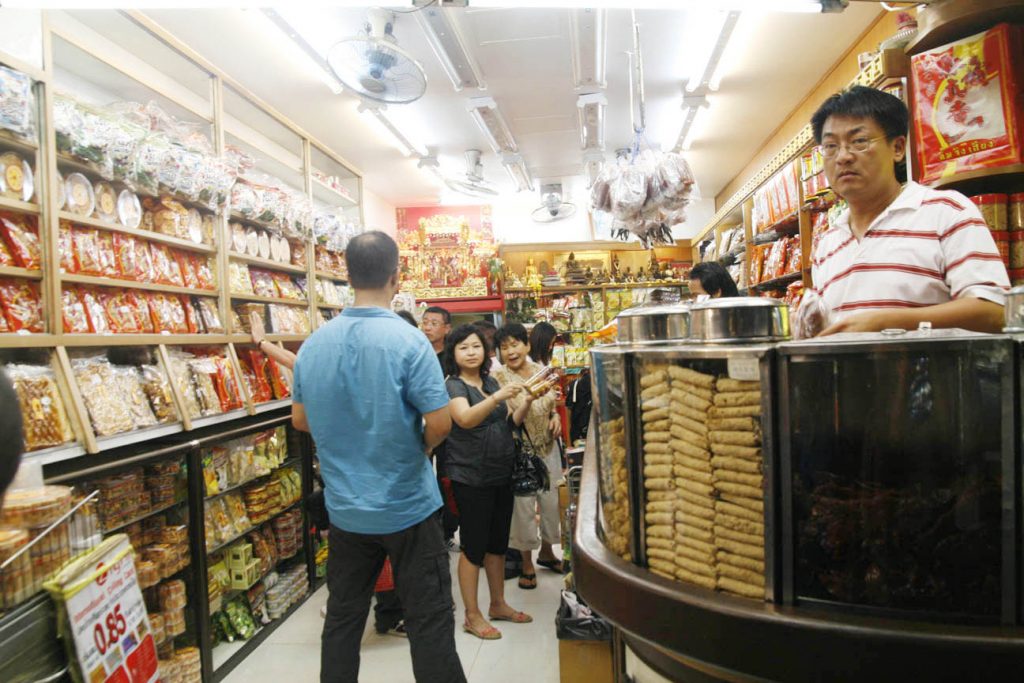
How did Bangkok’s Chinatown become the center of Thailand’s gold trade? Most of the Chinese who settled in Thailand used to remit money back to their families in the form of gold. These were then sent back to China via the local dialect or clan associations.
Yaowarat is also famous for its eateries. Locals and tourists alike come here to sample all manner of Chinese delicacies including bird’s nests and shark’s fins.
By night the choices can be even more staggering as roadside eateries take over the street, offering a wide variety of dishes, and competing with the restaurants in the area.
To make things easier, it is best to first try out establishments and stalls with the “Aroijang” sticker. This means that this eatery has been reviewed by critics, and the food here have been judged as worth trying out.
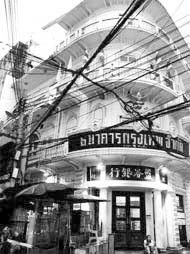
Running parallel to Yaowarat to the south is Soi Wanit 1 (or Soi Vanich 1) otherwise known as Sampeng Lane (or three way intersection), where King Rama I relocated the Chinese community after he acquired their land for his new palace. When it was established, it became the first non-aquatic thoroughfare or road for the city.
Sampeng Lane today is a lively, narrow commercial street, filled with pedestrians, wholesalers, food vendors, blind musicians and delivery boys on scooters.
Two important Chinatown landmarks are also located along this street. The first, Tang Toh Kang, located at the corner of Thanon Mangkon and Sampeng Lane, is a 130-year-old gold shop that has been converted into a museum dedicated to the art of gold smithing.
The second landmark, while not as old as the Tang Toh Kang, is still related to finance. The very first branch of the Bangkok Bank was opened just across from Tang Toh Kang in 1944 by a local Chinese named Chin Sophonpanich, who made his fortune by importing gold to Thailand and selling them to the local Chinese.
From this, he expanded into remittances and eventually banking.
By the mid-1950s, Bangkok Bank had 16 branches in Thailand, had established branches overseas, and had declared assets approaching US$50 million.
Utilizing connections based on clan and place origin, the bank extended credit to small businesses at high interest rates, but conditions were right and many of the business succeeded.
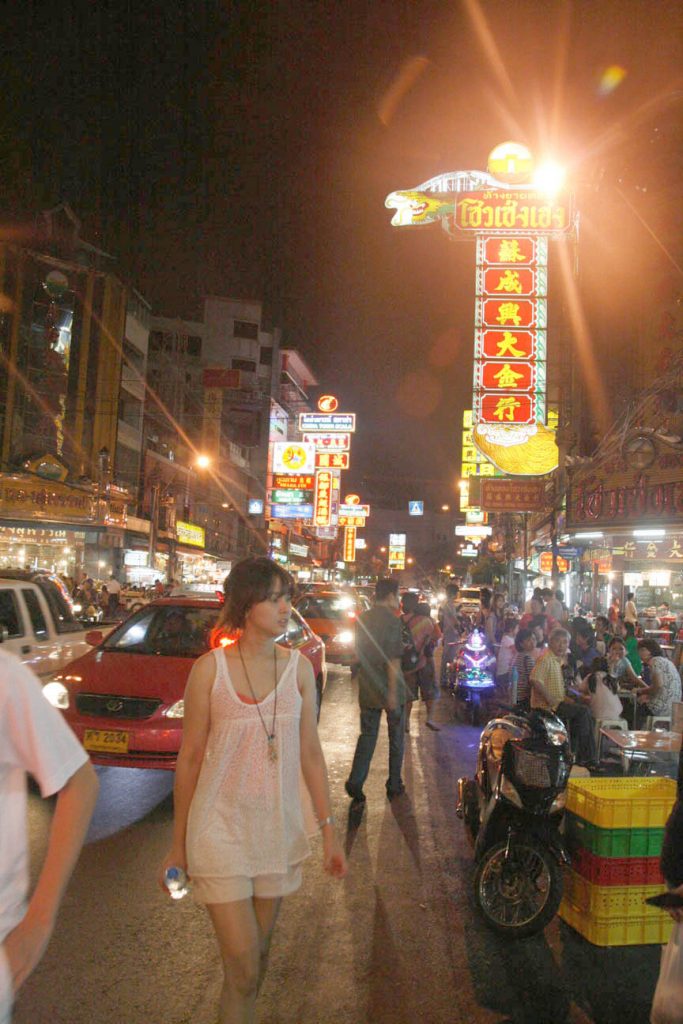
By the 1980s, Bangkok Bank was financing over 40 percent of the country’s total exports and 30 percent of the imports. In 1993, five years after Sophonpanich’s death, Bangkok Bank was named one of the world’s most profitable banks by a leading British credit rating agency.
But not all Chinese who came to Thailand struck gold. In 1902, the local Chinese community opened the Thian Fah Foundation at Yaowarat Road, offering free medical treatment using modern and traditional Chinese medicine to indigent Chinese patients.
Aside from treating the sick, the hospital also attracted people looking for spiritual solace. Inside the hospital is a popular shrine dedicated to the Guan Yin, the Goddess of Mercy.
While many come to Bangkok’s Chinatown to shop for jewelry or dine on bird’s nest, it is clear that the district has so much more to offer. History, culture, art and religion — all is here. All it takes is a willingness to step outside the usual tourist path in Bangkok and explore.
Tourism Authority of Thailand is located at Unit 304, 1 Beatriz Tower, Lawan St. cor Aurora Blvd., Quezon City. Call 911-1660 or email [email protected] or visit www.tourismthailand.org for more information.
